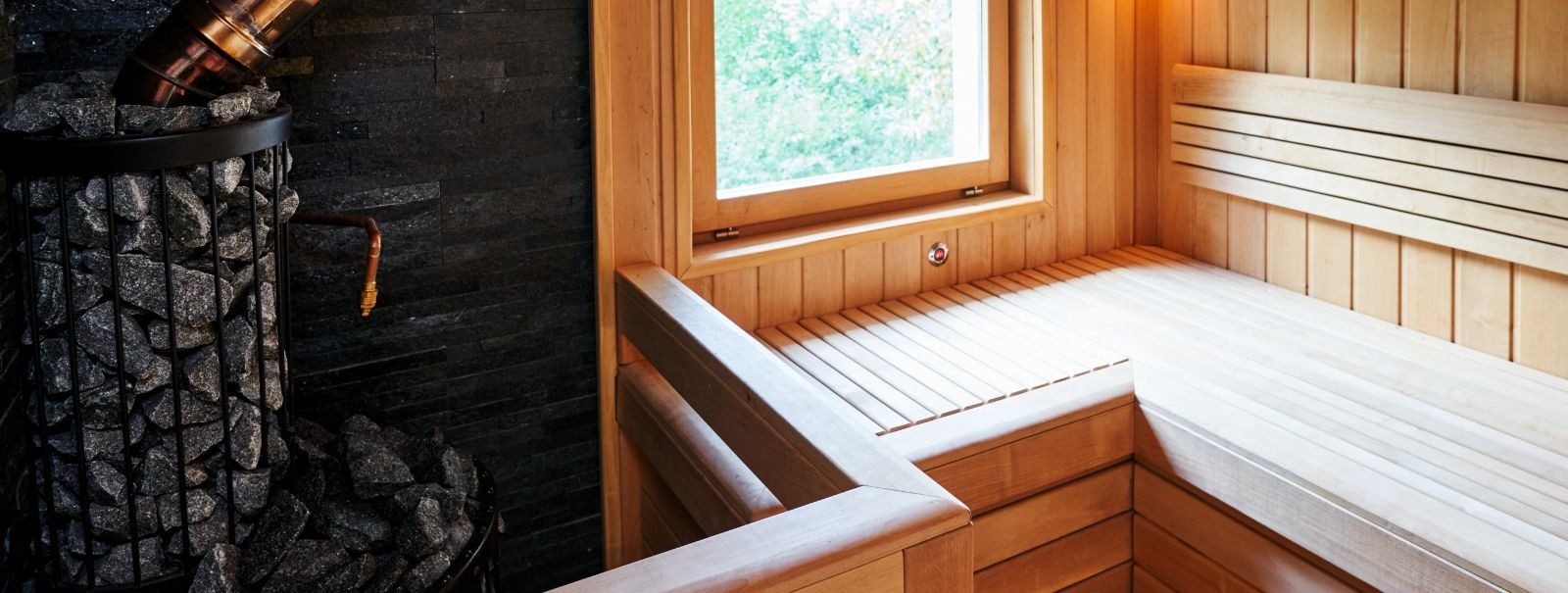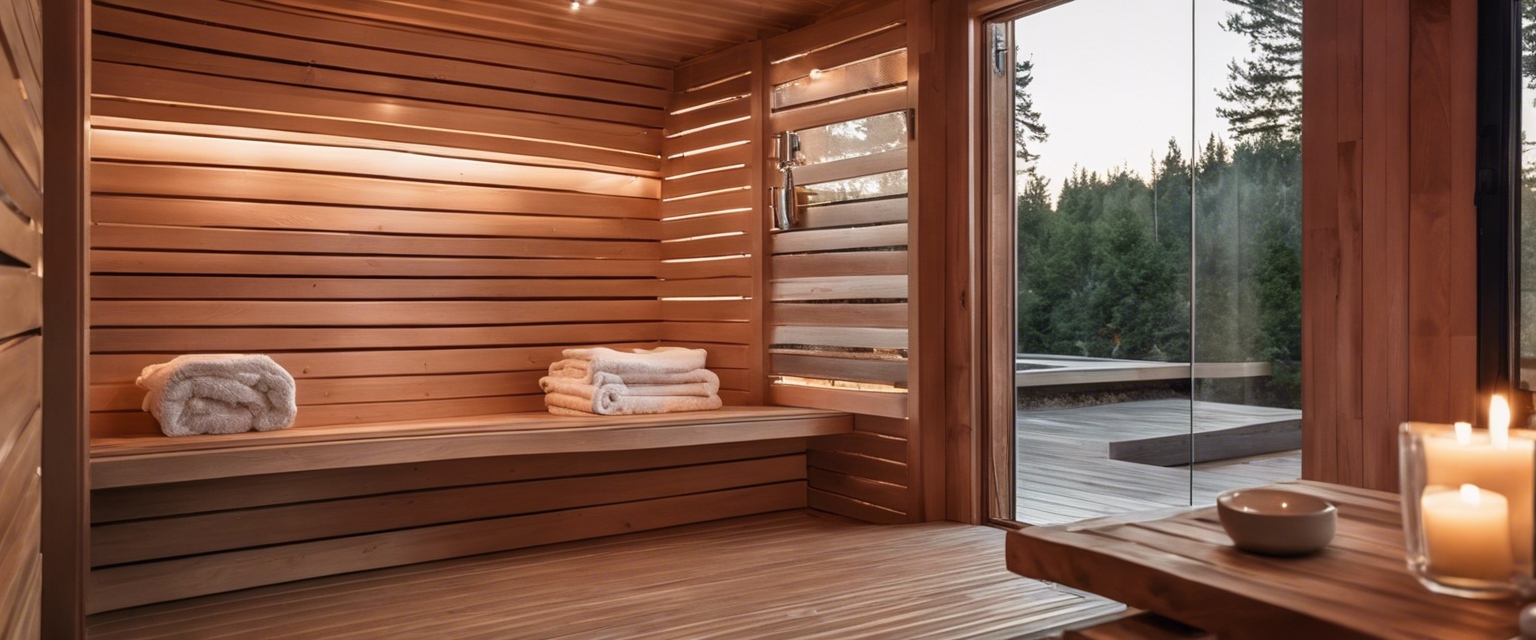5 tips for designing the perfect home sauna
Imagine a personal oasis of relaxation and health benefits right in your own home. A home sauna can provide just that, offering a serene retreat and a multitude of wellness advantages. But designing the perfect home sauna requires careful planning and attention to detail.
Understanding the Basics of Sauna Design
When planning your home sauna, the first step is to choose the ideal location. Consider a space that is easily accessible, yet private enough for relaxation. Basements, spare rooms, or even outdoor spaces can be transformed into the perfect sauna environment.
The size of your sauna should be determined by the available space and the number of people who will use it. A typical home sauna can accommodate 2-4 people comfortably, but larger families or entertainers may opt for a more spacious design.
Traditional steam saunas, infrared saunas, and wood-burning saunas each offer unique experiences. Your choice will depend on personal preference, health considerations, and the practicalities of installation and maintenance.
Materials and Construction
Wood is the heart of any sauna, and choosing the right type is crucial for both aesthetics and functionality. Cedar, hemlock, and spruce are popular choices for their resistance to moisture and their ability to retain heat.
Proper insulation is key to maintaining the desired temperature, while ventilation ensures a fresh air supply and controls humidity. These elements are essential for a safe and comfortable sauna experience.
The sauna heater is the core of your sauna's performance. Electric heaters are convenient and easy to control, while wood-burning stoves provide a traditional feel and aroma. Infrared heaters offer a different kind of heat, penetrating the body directly for a deep, soothing warmth.
Customization for Comfort and Convenience
Comfortable seating is a must in any sauna. Benches should be designed to accommodate various sitting and lying positions, and the layout should allow for easy movement within the space.
Lighting sets the mood in your sauna. Soft, indirect lighting can enhance the relaxing atmosphere, while options like color therapy lighting can add to the health benefits of your sauna sessions.
From built-in sound systems to aromatherapy dispensers, there are numerous ways to personalize your sauna. Consider what features will enhance your sauna experience and integrate them into your design.
Environmental Considerations and Sustainability
Energy-efficient heaters and LED lighting can reduce the environmental impact of your sauna and lower operating costs. Look for products with good energy ratings and consider timers or smart controls to optimize energy use.
Choosing materials that are sustainably sourced and have a low environmental footprint is important for many homeowners. Research the origins of the wood and other materials to ensure they align with your values.
While traditional steam saunas require water, there are ways to minimize usage. Infrared saunas, for example, offer a dry heat experience, which can be a more sustainable option for those concerned with water conservation.






Comments (0)